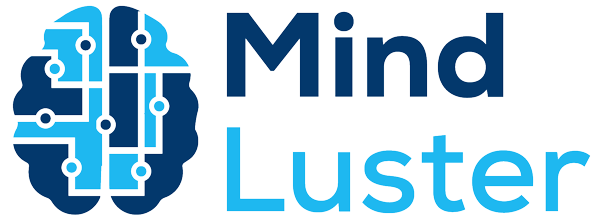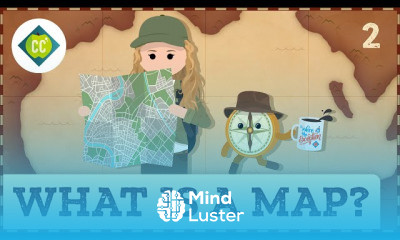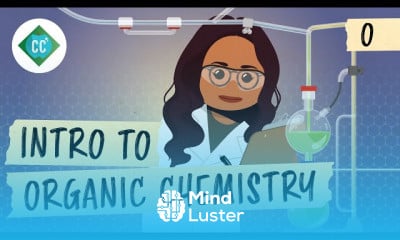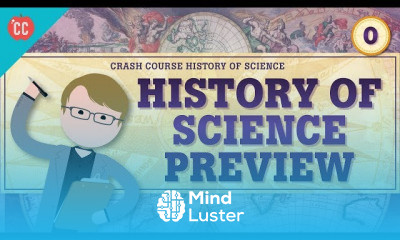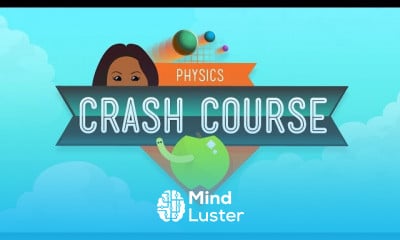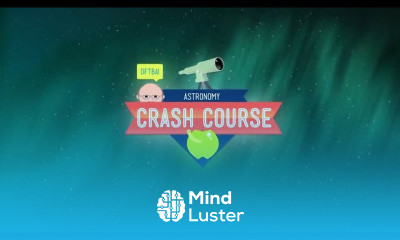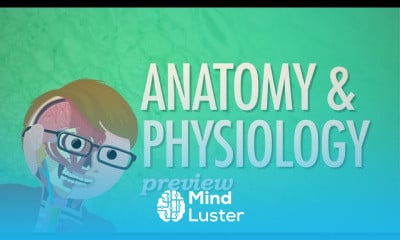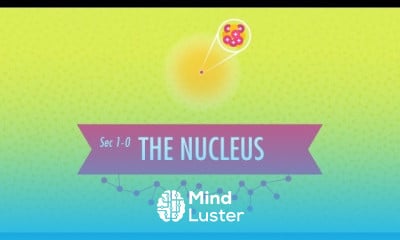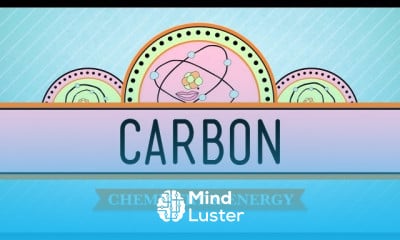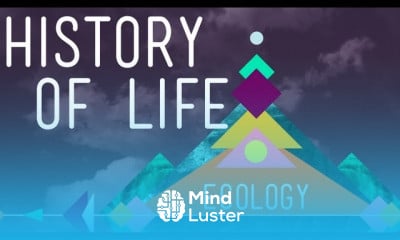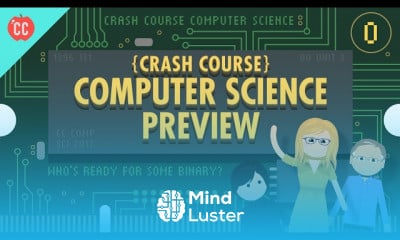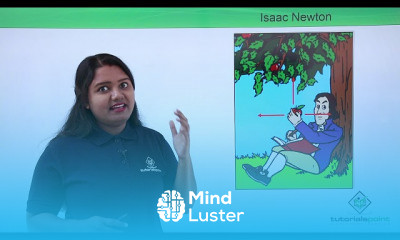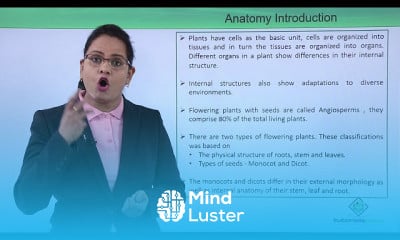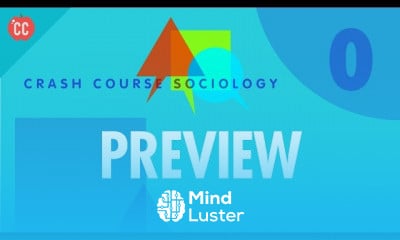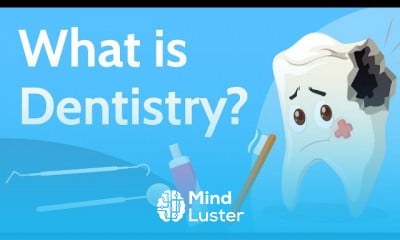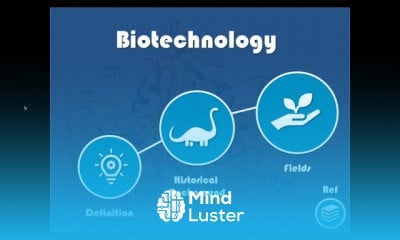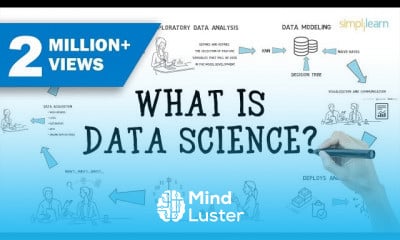Introduction to Anatomy Physiology Crash Course A P 1
Share your inquiries now with community members
Click Here
Sign up Now
Lessons List | 48
Lesson
Show More
Lessons
Comments
Related Courses in Science
Course Description
Anatomy and physiology are two of the most basic terms and areas of study in the life sciences. Anatomy refers to the internal and external structures of the body and their physical relationships, whereas physiology refers to the study of the functions of those structures. What are the basics of anatomy and physiology?
Basic Anatomy and Physiology. Anatomy and physiology is the study of the body's systems and structures and how they interact. Anatomy focuses on the physical arrangement of parts in the body while physiology is the study of the inner functioning of cells, tissues, and organs. What is learned in anatomy physiology?
What You'll Learn in Anatomy and Physiology. In Anatomy and Physiology, you're going to learn about body systems, organs, muscles, bones, tissue types, nerves, organ systems, immune system, cells, and more. What are the three types of anatomy?
Gross anatomy is subdivided into surface anatomy (the external body), regional anatomy (specific regions of the body), and systemic anatomy (specific organ systems). Microscopic anatomy is subdivided into cytology (the study of cells) and histology (the study of tissues). What are the 12 organs of the body?
They are the integumentary, skeletal, muscular, nervous, endocrine, cardiovascular, lymphatic, respiratory, digestive, urinary, and reproductive systems. Only the reproductive system varies significantly between males and females What are the 5 branches of anatomy?
Anatomy is the field of science concerned with the study of the physical structures of organisms. It's divided into several branches, including histology, embryology, gross anatomy, zootomy, phytotomy, human anatomy, and comparative anatomy. What are the 11 systems in the body?
The 11 organ systems include the integumentary system, skeletal system, muscular system, lymphatic system, respiratory system, digestive system, nervous system, endocrine system, cardiovascular system, urinary system, and reproductive systems. Is basic anatomy and physiology hard?
Anatomy and physiology is difficult but very doable! ... With physiology, it becomes more challenging when you have to remember (and I mean really memorize) complex processes and functions of different components of the human body in exact detail.
Trends
Facebook Business Page Settings
Python for AI for beginners
Natural Language Processing with Python
Tools and toolbar in Photoshop for beginners
Python programming language
Learning English Speaking
React Complete Series
MS Excel
English greetings and responses
SUM and SUMIF function in excel
AI fundamentals for beginners
Excel skills for busines intermediate
Daily conversational English
Improve english grammar skills
Neural network optimization techniques
Introduction To Cyber Security
creating a marketing plan tools
CSS basics for beginners
Computer architecture
Rolled Ankle Sprain treatment
Recent
Python for AI for beginners
Tools and toolbar in Photoshop for beginners
Neural network optimization techniques
SUM and SUMIF function in excel
Machine learning algorithms types
Linux command line essentials
Building a hospital landing page in React JS
Salesforce certified associate
CSS basics for beginners
8x8 LED matrix with arduino for beginners
Building an arduino Light gun basics
Software testing basics for beginners
Video encoding for beginners
Computer security for beginners
Network types for beginners
Compiler optimization techniques
Software engineering basics
Audio editing basics for beginners
FFMPEG advanced techniques
Node based data structures in Java
